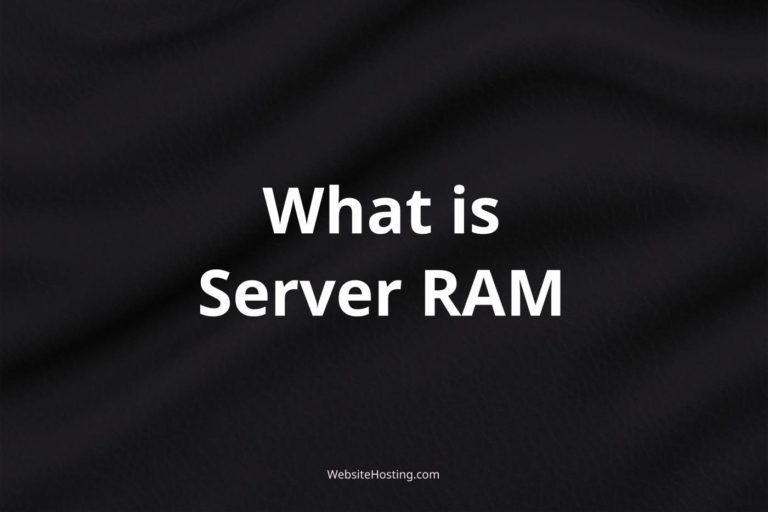If you’re running a website or an online business, it’s essential to ensure that your website is always up and running, no matter what. One way to achieve this is through fault tolerance, a technique that allows a system to continue functioning even when one or more of its components fail. In this article, we’ll discuss fault tolerance in web hosting, how it works, and why it’s essential for your website’s reliability and availability.
What is Fault Tolerance?
Fault tolerance is a technique that ensures a system continues to function even in the event of hardware or software failures. In web hosting, fault tolerance typically involves setting up redundant hardware and software components to provide a backup in case of failure. For example, a fault-tolerant web server might have multiple hard drives, power supplies, and network connections, so if one fails, the other takes over seamlessly.
Why is Fault Tolerance Important for Web Hosting?
Fault tolerance is crucial for web hosting because it ensures that your website is always up and running, even in the event of hardware or software failures. Without fault tolerance, your website could experience extended downtime, resulting in lost revenue, lower search engine rankings, and a poor user experience. By implementing fault tolerance, you can minimize the impact of failures and ensure that your website is always available to your users.
How Does Fault Tolerance Work in Web Hosting?
Fault tolerance works in web hosting by providing redundant hardware and software components that can take over if the primary component fails. For example, a web server might have multiple hard drives in a RAID configuration, so if one fails, the others can take over seamlessly. Similarly, a network switch might have multiple power supplies and network connections, so if one fails, the others can take over automatically.
Overall, fault tolerance is an essential technique for ensuring the reliability and availability of your website. By setting up redundant hardware and software components, you can minimize the impact of failures and ensure that your website is always up and running. If you’re looking for a web hosting provider, make sure to choose one that offers fault-tolerant solutions to ensure the maximum uptime for your website.
Related terms:
- Redundancy: The practice of having extra components or systems that can take over the function of failed components or systems.
- High availability: The ability of a system to provide uninterrupted service and minimize downtime, typically achieved through redundancy, load balancing, and other techniques.
- Disaster recovery: The process of restoring a system or network to its original state following a catastrophic event, such as a natural disaster, cyber attack, or hardware failure.
- Load balancing: The process of distributing incoming network traffic across multiple servers to improve overall system performance and reliability.
- Resilience: The ability of a system to recover from and adapt to unexpected events, such as hardware failures, network outages, or cyber attacks.
- Replication: The process of copying data or software to multiple servers or devices to improve performance, reliability, and data availability.
- Cluster: A group of interconnected servers or computing devices that work together to provide a common set of services or applications.
- Backup: The process of copying and storing data or software in a separate location or device to protect against data loss or corruption.
- Virtualization: The process of creating a virtual version of a computing environment, such as a server or network, in order to improve efficiency, scalability, and flexibility.
- Failover: The process of automatically switching to a backup system or component when the primary system or component fails.
Notable brands:
- Amazon Web Services (AWS)
- Microsoft Azure
- Google Cloud Platform
- DigitalOcean
- Bluehost
Questions and Answers:
- What is fault tolerance in web hosting, and why is it important?
Answer: Fault tolerance is a technique used in web hosting to ensure that a system continues to function even in the event of hardware or software failures. It’s important because it ensures that your website is always up and running, even in the event of failures. - How does fault tolerance work in web hosting?
Answer: Fault tolerance works in web hosting by providing redundant hardware and software components that can take over if the primary component fails. - What are some common examples of fault-tolerant systems in web hosting?
Answer: Some common examples of fault-tolerant systems in web hosting include redundant hard drives, power supplies, and network connections. - Can fault tolerance prevent all downtime in web hosting?
Answer: While fault tolerance can minimize downtime in web hosting, it cannot prevent all downtime, especially in cases of widespread network or infrastructure failures. - Do all web hosting providers offer fault-tolerant solutions?
Answer: No, not all web hosting providers offer fault-tolerant solutions. It’s important to research and choose a provider that offers fault-tolerant solutions if you require maximum uptime for your website.




